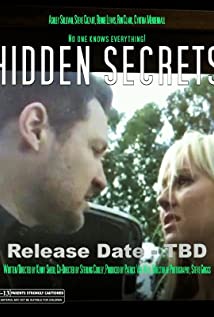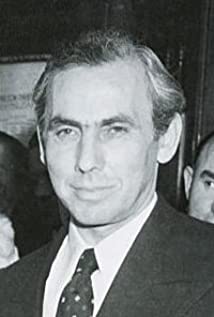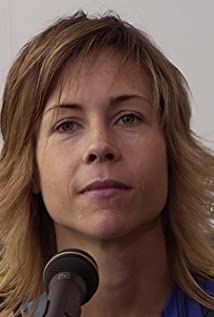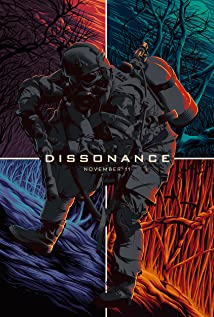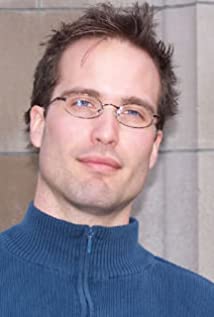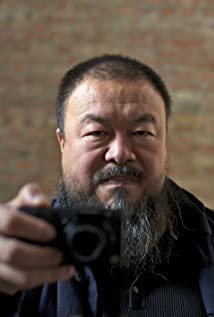In 1908, Griffith accepted a role as a stage extra in Professional Jealousy for the American Mutoscope and Biograph Company, where he met cameraman Billy Bitzer, and his career in the film industry changed forever. In 1908, Biograph's main Director Wallace McCutcheon, Sr. grew ill, and his son Wallace McCutcheon, Jr. took his place. McCutcheon, Jr. did not bring the studio success; Biograph co-founder Harry Marvin gave Griffith the position, and he made the short The Adventures of Dollie. He directed a total of 48 shorts for the company that year.











